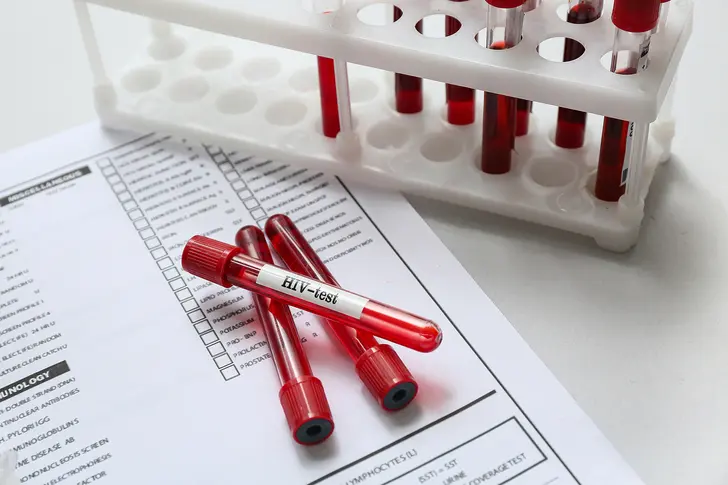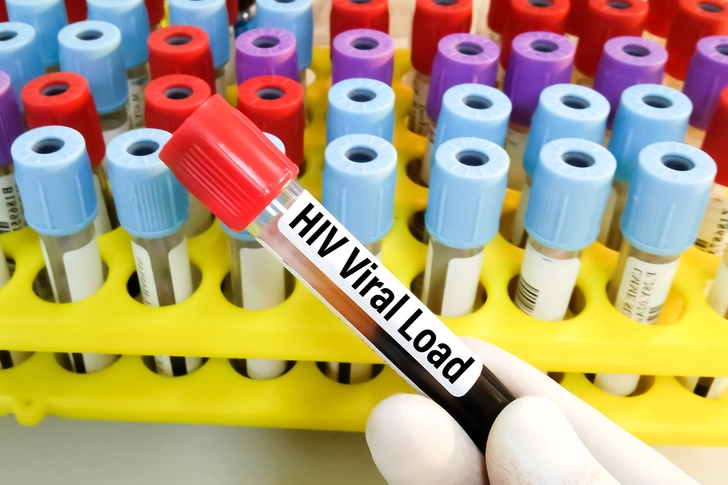- Overview
- Symptoms
- Causes & Risks
- Screening & Testing
- Diagnosis
- Treatment
- How HIV Affects the Body
- Opportunistic Infections
- Complications
- Living With
- Dating & Relationships
- Support & Resources
- Prevention
- Appointment Prep
- View Full Guide
HIV Viral Load: Key Facts


Understanding HIV Viral Load
HIV viral load is a measure of how much HIV is in your blood. It's determined through a simple blood test that counts the number of HIV particles per milliliter of blood. This test is crucial for monitoring your health and the effectiveness of your treatment. A lower viral load means better control of the virus, while a higher load suggests the need for adjustments in your treatment plan.

The Importance of Regular Testing
Regular viral load testing is essential for managing HIV effectively. Typically, you'll have this test every three to six months, or as recommended by your health care provider. These tests help track how well your antiretroviral therapy is working and can spot any changes in your condition early. Testing regularly allows your doctor to make decisions about your treatment and overall health management.

Interpreting Your Viral Load Results
Viral load results are reported as copies of HIV per milliliter of blood. A "detectable" viral load means HIV was found in your blood, while "undetectable" means the amount was too low to measure. An undetectable viral load (usually below 20 copies/mL) is the goal of HIV treatment. It means that your medication is working effectively and greatly reduces the risk of transmitting HIV to others.

Factors That Can Affect Viral Load
Several factors can influence your viral load results. These include how long you've been on antiretroviral therapy, how consistently you take your medication, and whether the virus has developed resistance to your current treatment. Other infections or illnesses can temporarily increase your viral load. It's important to discuss any changes in your health or medication routine with your doctor to ensure an accurate reading of your results.

Viral Load and CD4 Count Connection
While viral load measures the amount of HIV in your blood, CD4 count indicates how well your immune system is functioning. These two tests work together to give a comprehensive picture of your health. Generally, as viral load decreases, CD4 count increases, showing improved immune function. Your doctor will use both these measures to assess your overall health status and adjust your treatment plan if necessary.

Taking Action on Viral Load Results
If your viral load remains detectable or increases, your doctor may recommend changes to your treatment plan. This could involve adjusting your medication dosage, switching to a different combination of drugs, or addressing any issues with medication adherence. Maintaining an undetectable viral load through consistent treatment not only benefits your health but also prevents HIV transmission to others.
PHOTO CREDENTIALS
Slide 1: Pixel-Shot/Shutterstock
Slide 2: Photoroyalty/Shutterstock
Slide 3: Ezume Images/Shutterstock
Slide 4: Inna Dodor/Shutterstock
Slide 5: Arif biswas/Shutterstock
Slide 6: Photoroyalty/Shutterstock
SOURCES:
UpToDate: "Techniques and interpretation of HIV-1 RNA quantitation," "Patient education: Tests to monitor HIV (The Basics)."
Lab Tests Online: "HIV Viral Load."
AIDSmap: "Types of viral load tests."
AIDS Treatment Data Network: "Viral Load Tests."
American Family Physician: "Plasma Viral Load Testing and HIV."